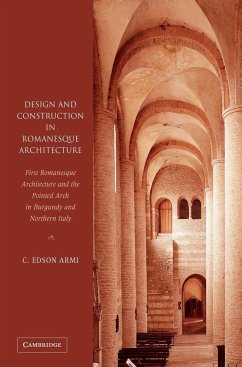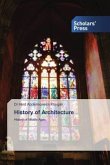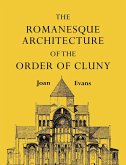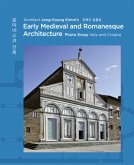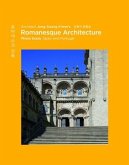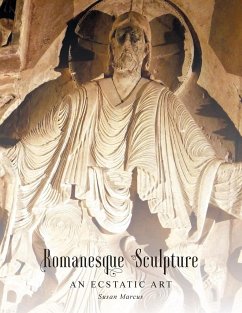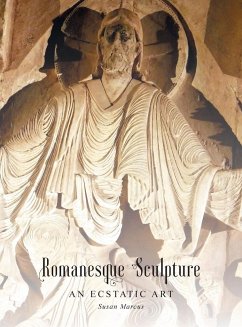Short description/annotation
In this study, Edson Armi offers a fresh interpretation of Romanesque architecture.
Main description
In this study, Edson Armi offers a fresh interpretation of Romanesque architecture. Armi focuses on buildings in northern Italy, Switzerland, southern France, and Catalonia, the regions where Romanesque architecture first appeared around 1000 AD. He integrates the study of medieval structure with an understanding of construction, decoration and articulation in an effort to determine the origins and originality of medieval architecture and the formation of the High Romanesque style, especially in Burgundy, at sites such as Cluny III. Relying on a close analysis of the fabric of key buildings, Armi's in-depth study reveals new knowledge about design decisions in the early Middle Ages. It also demonstrates that the mature Romanesque of the twelfth century continues many of the applications created and perfected over the previous one hundred years.
Table of contents:
1. History, geography, and construction; 2. The pointed arch and groin vault in northern Italy; 3. The pointed arch and groin vault at the beginning of the eleventh century in Burgundy; 4. The pointed arch and groin vault in Burgundy at the end of the eleventh century; 5. The barrel vault; 6. Systems of arch support; 7. The pointed arch and the context of high Romanesque architecture in Burgundy.
Hinweis: Dieser Artikel kann nur an eine deutsche Lieferadresse ausgeliefert werden.
In this study, Edson Armi offers a fresh interpretation of Romanesque architecture.
Main description
In this study, Edson Armi offers a fresh interpretation of Romanesque architecture. Armi focuses on buildings in northern Italy, Switzerland, southern France, and Catalonia, the regions where Romanesque architecture first appeared around 1000 AD. He integrates the study of medieval structure with an understanding of construction, decoration and articulation in an effort to determine the origins and originality of medieval architecture and the formation of the High Romanesque style, especially in Burgundy, at sites such as Cluny III. Relying on a close analysis of the fabric of key buildings, Armi's in-depth study reveals new knowledge about design decisions in the early Middle Ages. It also demonstrates that the mature Romanesque of the twelfth century continues many of the applications created and perfected over the previous one hundred years.
Table of contents:
1. History, geography, and construction; 2. The pointed arch and groin vault in northern Italy; 3. The pointed arch and groin vault at the beginning of the eleventh century in Burgundy; 4. The pointed arch and groin vault in Burgundy at the end of the eleventh century; 5. The barrel vault; 6. Systems of arch support; 7. The pointed arch and the context of high Romanesque architecture in Burgundy.
Hinweis: Dieser Artikel kann nur an eine deutsche Lieferadresse ausgeliefert werden.

